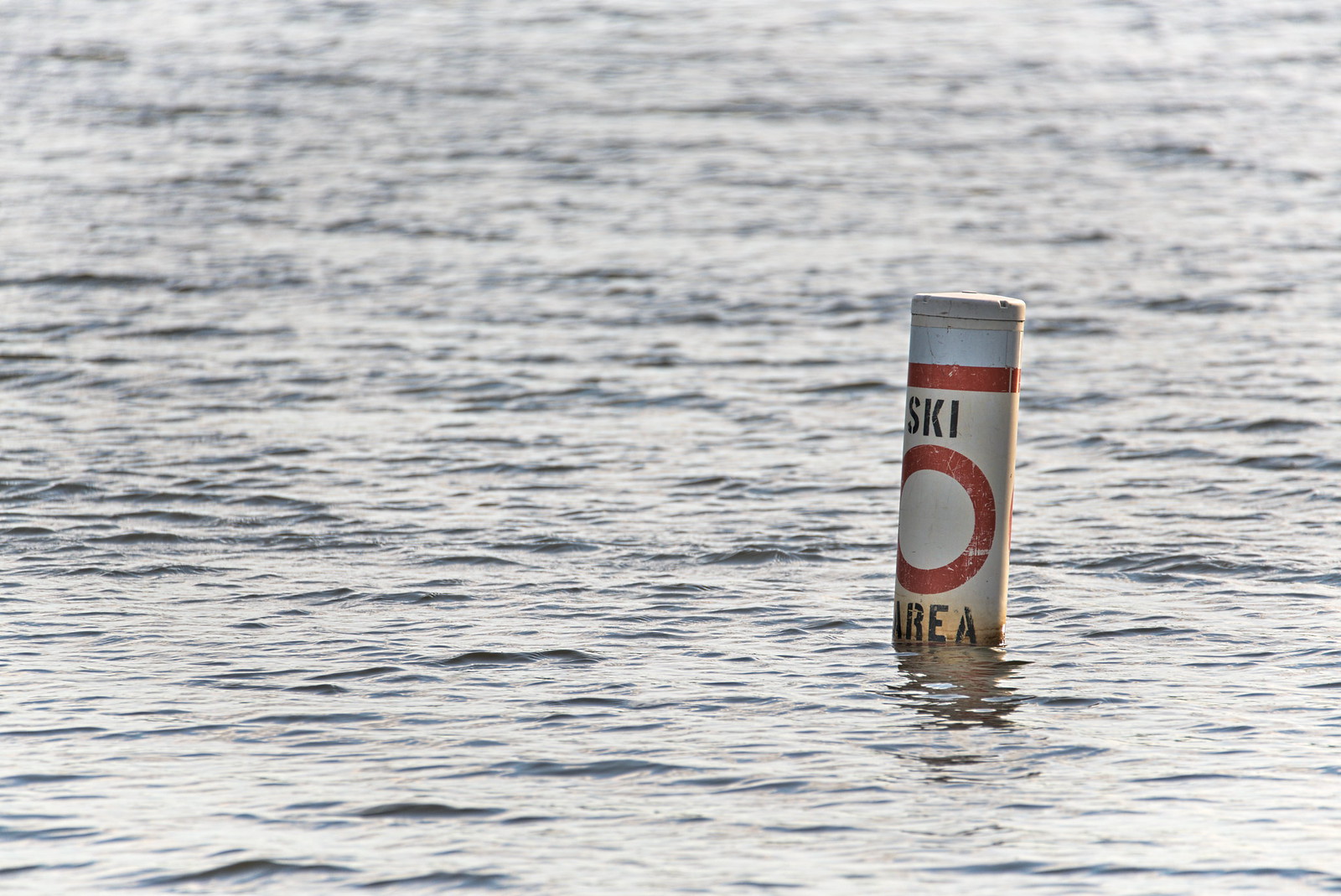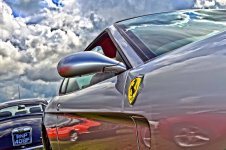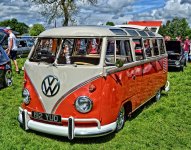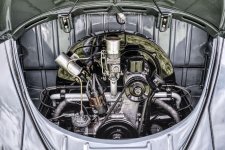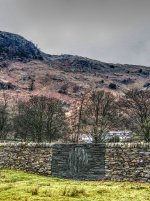Karmann_65
Senior Member
There's a lot of discussion about HDR and there is no doubt about the amazing effects that can be achieved.
But without owning a copy of Lightroom what else is there that can handle Nikons' "NEF" images?
With just a D3100 camera and the 18-55mm kit lens I've been experimenting with "Tone Mapping" from a single hi-res jpeg.
The results are mixed and it's very easy to over process an image. But sometimes the effects can be surprising.
If you've tried Tone Mapping then post 'em up, lets see what you made.
Here's a few of mine to start.....
![DSC_5078m[3].jpg DSC_5078m[3].jpg](https://nikonites.com/forum/data/attachments/139/139983-281fa4fb3c97a16f314fdc76780a1038.jpg)
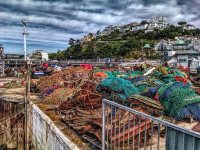
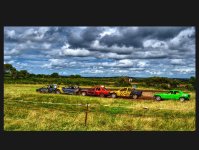
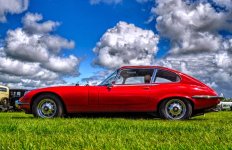
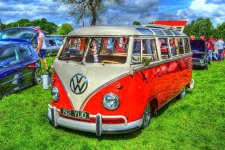
But without owning a copy of Lightroom what else is there that can handle Nikons' "NEF" images?
With just a D3100 camera and the 18-55mm kit lens I've been experimenting with "Tone Mapping" from a single hi-res jpeg.
The results are mixed and it's very easy to over process an image. But sometimes the effects can be surprising.
If you've tried Tone Mapping then post 'em up, lets see what you made.
Here's a few of mine to start.....
![DSC_5078m[3].jpg DSC_5078m[3].jpg](https://nikonites.com/forum/data/attachments/139/139983-281fa4fb3c97a16f314fdc76780a1038.jpg)





